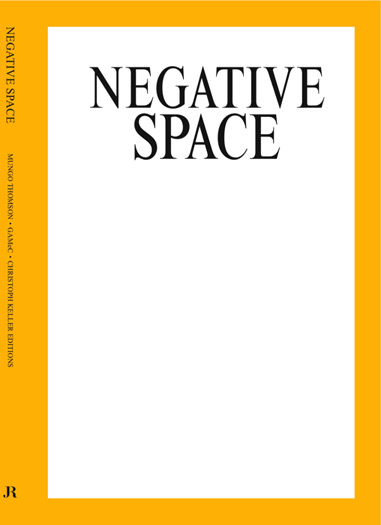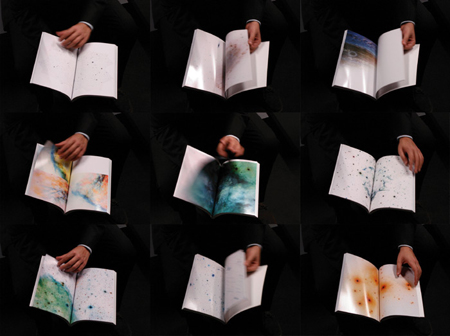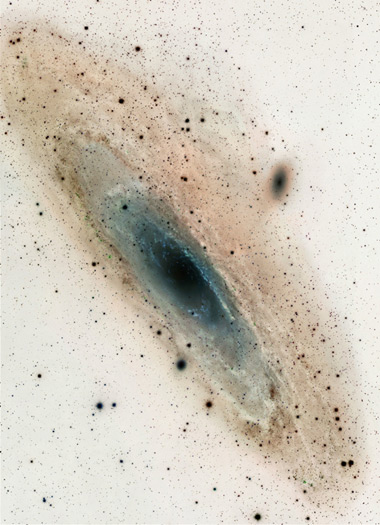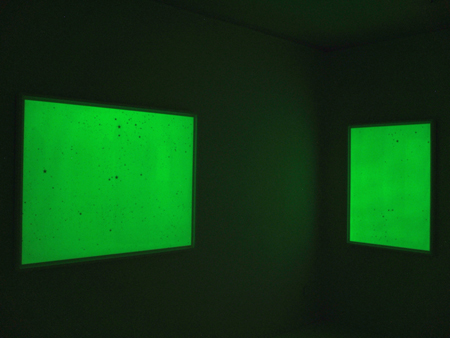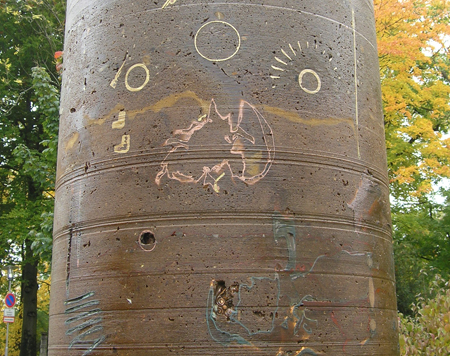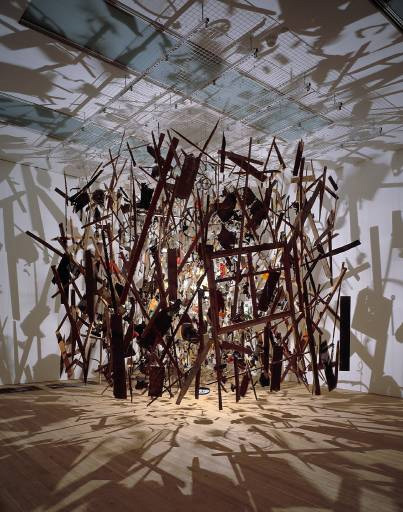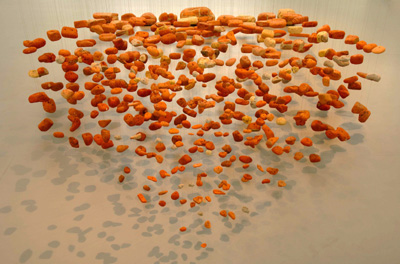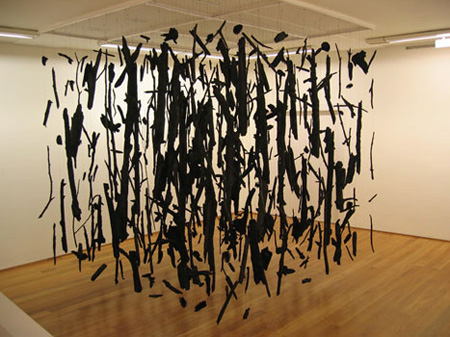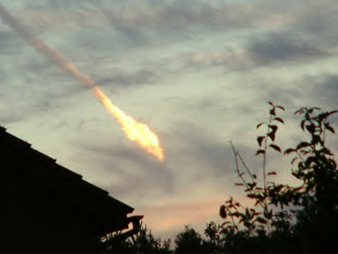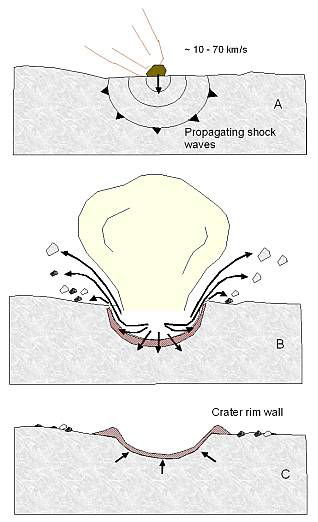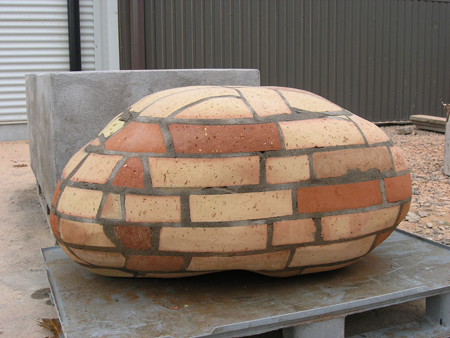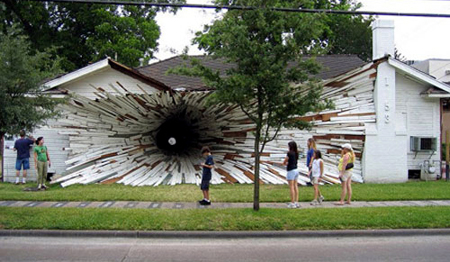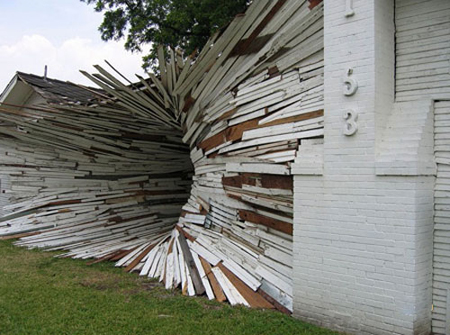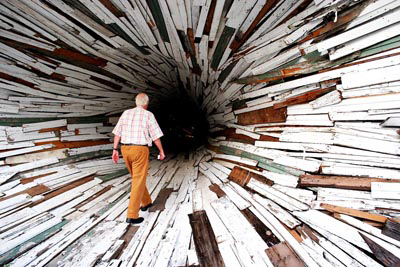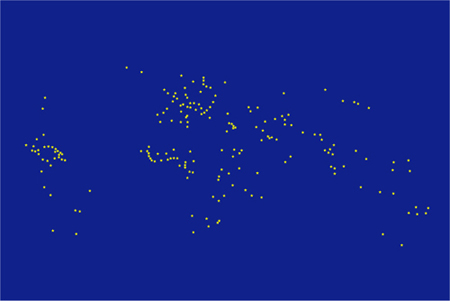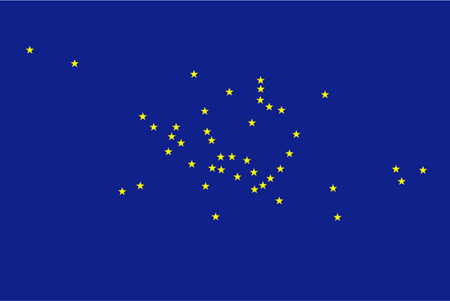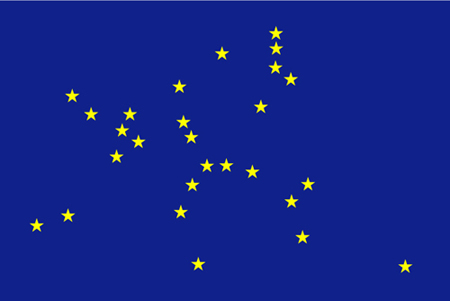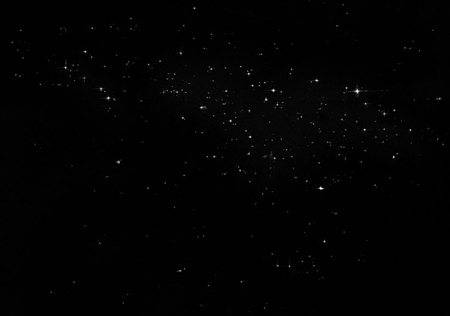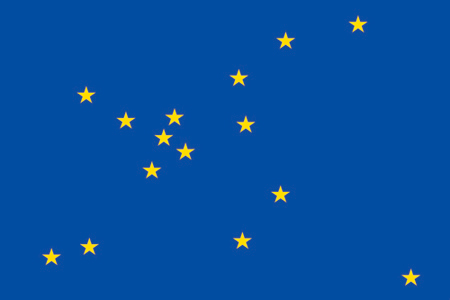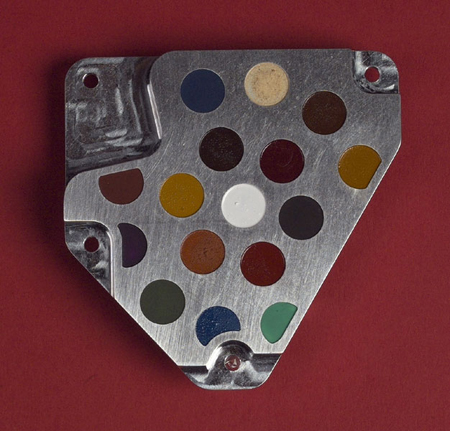by Neil Johnson
The idea of travelling forward into the future or back into the past has always fascinated science fiction writers. The ‘grandfather paradox’ is the argument many people use to suggest that time travel is impossible. What if you went back in time and prevented your grandfather from meeting your grandmother so that your mother was never born? Then you would never have been born… and so on. Until very recently such arguments led most scientists to believe that time travel could never exist outside science fiction. But amazingly, some interpretations of the weirdness of the quantum world now suggest that time travel is possible – at least in theory.
Gravity and black holes
Einstein’s theory of relativity brought space and time together in a single, four-dimensional arrangement that he called spacetime. We know that we can travel forwards, backwards and sideways in space, so why not forwards and backwards in time?
Four dimensions are difficult to imagine, so physicists usually suggest you think of spacetime as a rubber sheet stretched out flat. If there are no large masses around, the sheet stays flat, and so any object placed on it will move around in straight lines. But a large mass, such as the Sun, makes a dip in the sheet because it actually warps spacetime. Now any other object with smaller mass, like our Earth, moving about in spacetime rolls into the dip as it comes past the Sun. It appears ‘attracted’ to the large mass. This effect of warping spacetime is what gives rise to gravity.
The Universe is full of heavy objects exerting gravitational effects and the net result is that spacetime is not flat at all but curved. Everything, including light, has to follow curved paths in spacetime. We know Einstein was right about this because astronomers can sometimes see distant stars that ought to be masked by nearer objects such as the Sun. Instead of travelling in straight lines and hence being blocked, the light from the stars bends round the obstruction.
When a star reaches the end of its life it may collapse inwards under the influence of its own gravity to such an extent that all its matter becomes concentrated into an extremely dense object a fraction of its original size. This is a black hole. Black holes have such a huge gravitational pull that nothing can escape from them, not even light. We cannot see them but we have good evidence that they exist. We can see stars behaving in ways which suggest that they are being pulled about by a nearby invisible object with enormous mass.
What does a black hole do to spacetime? Relativity predicts that at the centre of a black hole is an infinitely dense point, called a singularity, within which all the normal laws of physics no longer apply. Time, space, matter and energy no longer have any well-defined meaning. Einstein’s equations show that such a singularity doesn’t just make a dip in the imaginary rubber sheet of spacetime, it makes a tunnel that goes right through and momentarily opens out on the other side.
Where is ’the other side’? It could be somewhere else in spacetime, either in the future or in the past, or it could even be in another Universe! If you could take a spaceship through such a tunnel, or wormhole, you would have discovered the secret of time travel. This is of course impossible with today’s technology. But in the future, who knows?
Mini wormholes
Einstein’s equations describe a spacetime that is perfectly smooth, like the rubber sheet. His theory of relativity only deals with the physics of what happens on big scales. It cannot deal with what happens at the centre of a black hole, or what happened during the moment of the Big Bang at the birth of the Universe when spacetime itself was infinitesimally small. That takes us back into the world of quantum physics.
If you could look at spacetime with a magnifying glass so powerful that it reached down to the quantum scale, you would not see the smooth, continuous sheet of Einstein’s spacetime. Just as a foam rubber ball looks smooth from a distance but rough and ragged close up. In this picture of spacetime it is quite likely that tiny holes could open up, entrances to little tunnels between now and other times, or between here and other universes. Another option for future time travellers would be somehow to harness these tiny wormholes and expand them.
Many worlds, many futures?
To return to the question that has puzzled thinkers since Newton’s day, is the future preordained? Or are there an infinite number of futures? One way of looking at the quantum world suggests that not only are there an infinite number of futures, but they are realised in an infinite number of universes.
Photons and electrons sometimes behave as waves and sometimes as particles, but never both at the same time. So far, the argument for interference between one universe and another applies only to events occurring at the quantum level.
But the idea of parallel universes provides a possible resolution to the ‘grandfather paradox’ that might otherwise cause problems for time travellers. If we travel back in time and change history, we launch ourselves into a new future in a parallel universe – but we have no effect on the present one from which we started out.
Scientists of the future may well pursue a new form of futuristic technology based on quantum effects. Such applications could include quantum teleportation, by which a quantum particle can be teleported from one point in space to another; and quantum computation, where calculations can be carried out which would take many years on a conventional computer. Although we now know how to measure time very accurately, have we come any nearer to answering the basic question ‘What is time?’.
Neil Johnson is a Physics lecturer at Oxford University where he heads his own research group.
